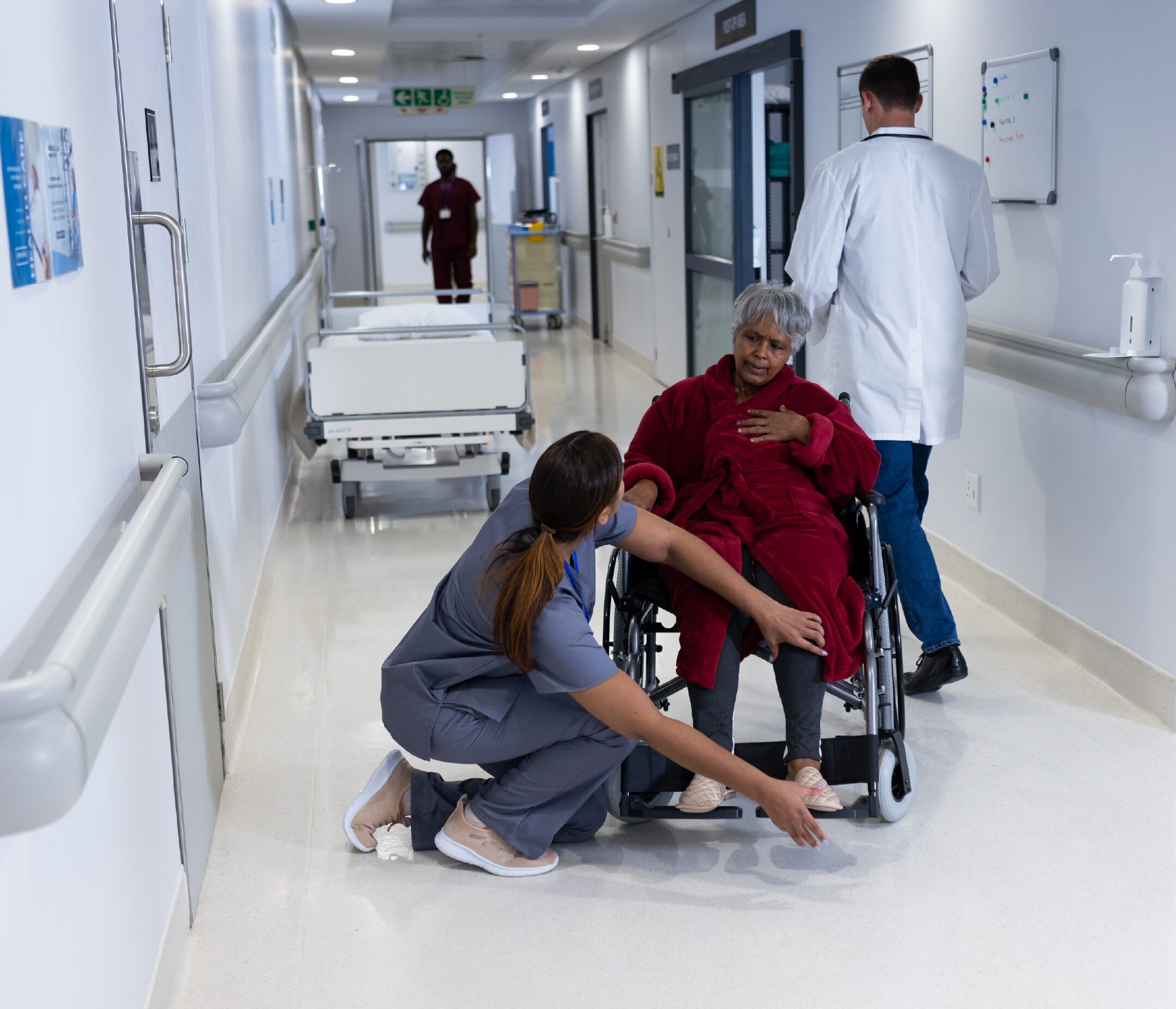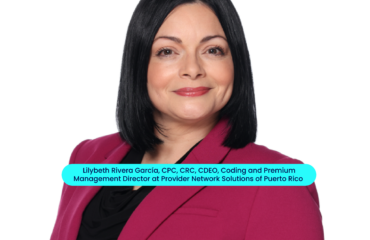This post is also available in:
 Español (Spanish)
Español (Spanish)
Redacted by Vilmar Trinta | Interviewed Dr. Carlos Maldonado, Medical Director of Provider PR
Educating patients on when to visit an urgent care center or an emergency room is essential to optimize healthcare resources, improve clinical outcomes, and strengthen the physician-patient relationship. 
Primary care physicians and their teams play a fundamental role in educating, guiding, and empowering patients so they can identify when it is appropriate to go to an emergency room and when viable alternatives exist, such as urgent care centers or ambulatory follow-up.
“Clear and consistent guidance from the medical office can prevent unnecessary emergency room visits and encourage patients to seek care in the right setting, according to their condition,” explained Dr. Carlos Maldonado, Medical Director of Provider PR.
Maldonado emphasized that this type of preventive education not only improves clinical outcomes but also protects providers from potential claims related to lack of guidance or negligence. In addition, it helps to reduce overcrowding in emergency rooms, allowing resources to be focused on cases that truly require them.
One of the main reasons many patients go directly to an emergency room is the lack of available appointments or the difficulty in being seen without a prior appointment by their primary care physician.
“We understand the administrative burden that providers face, but when patients are unable to be seen or receive guidance, their only perceived option is the hospital emergency room,” Maldonado explained. “In such cases, it is preferable to direct them to an urgent care center, where they can receive timely and appropriate attention, avoiding unnecessary use of emergency hospital resources.”
The physician stressed the importance of teaching patients to recognize warning signs that require emergency care, but also to trust their primary care provider or urgent care center for non-critical conditions.
She also highlighted that telemedicine has become a valuable tool to improve accessibility and efficiency in clinical management, especially when patients cannot physically go to the office.
“Providers can integrate telemedicine as an alternative channel to guide patients, renew prescriptions, provide follow-up, or determine whether they need in-person care or an urgent care visit,” added Maldonado. “It’s a practical way to maintain continuity of care without overloading offices or emergency rooms.”

This post is also available in:
 Español (Spanish)
Español (Spanish)







